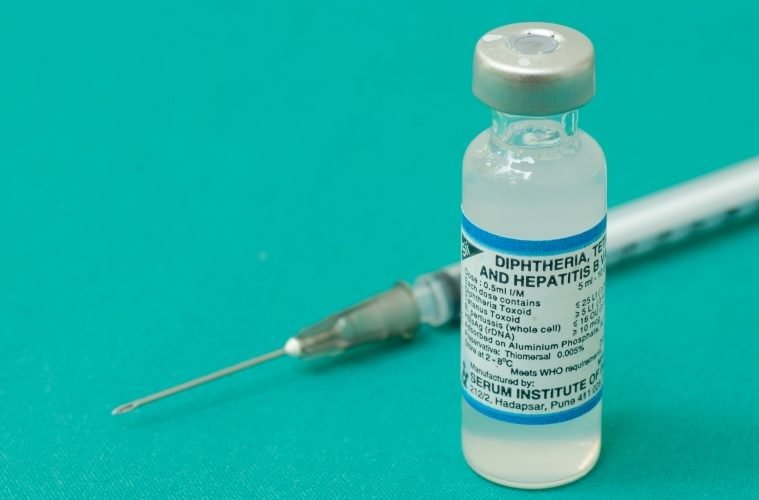The DTP vaccine is one of the most important vaccines in global public health. It protects children from three serious diseases: diphtheria, tetanus, and pertussis, which is also known as whooping cough. These diseases can cause severe illness and even death, especially in young children. The widespread use of the DTP vaccine has saved millions of lives and prevented countless cases of suffering around the world.
Diphtheria is caused by a bacterium that affects the throat and can lead to breathing problems, heart failure, paralysis, and death. The bacteria spread easily through coughing and sneezing. Tetanus, sometimes called lockjaw, is caused by bacteria that enter the body through cuts or wounds. It causes painful muscle stiffness and spasms and can be fatal without treatment. Unlike diphtheria and pertussis, tetanus is not contagious. Pertussis is a highly contagious respiratory disease known for its severe coughing fits that can cause difficulty breathing, especially dangerous for babies and young children. The bacteria spread through droplets in the air when someone coughs or sneezes.
The DTP vaccine combines protection against all three diseases into one shot. There are two main types of the DTP vaccine. The whole-cell version contains killed whole pertussis bacteria and is very effective but can cause more side effects like fever or soreness. The acellular version contains purified parts of the pertussis bacteria and usually causes fewer side effects. This acellular version is preferred in many countries with strong health systems.
Typically, the DTP vaccine is given in a series of doses starting when a baby is about six weeks to two months old. Several booster doses follow during early childhood to ensure continued protection. Some countries also recommend booster shots during adolescence and adulthood, especially for tetanus. These vaccinations are usually given through routine immunization programs in clinics and hospitals worldwide.
The importance of the DTP vaccine cannot be overstated. It has dramatically lowered the number of deaths and illnesses caused by diphtheria, tetanus, and pertussis. While tetanus and diphtheria have become rare in countries with high vaccination rates, pertussis still poses a threat, especially to infants who are too young to be fully vaccinated. High vaccination coverage is essential to prevent outbreaks and protect vulnerable populations.
Common side effects of the DTP vaccine are mild and include redness or swelling where the shot was given, a mild fever, and fussiness in children. Serious side effects are very rare but may include allergic reactions. The benefits of vaccination far outweigh these risks.
The DTP vaccine has been a key part of the World Health Organization’s Essential Programme on Immunization since 1974. It is given to billions of children worldwide and is a cornerstone of childhood vaccination efforts. This vaccine plays a crucial role in reducing childhood mortality and improving global health.
Despite the success of the DTP vaccine, challenges remain. In some countries, vaccine coverage has declined due to misinformation, political conflicts, supply chain problems, and disruptions caused by the COVID-19 pandemic. These gaps in vaccination can lead to outbreaks of diphtheria, tetanus, and pertussis, which can reverse decades of progress. Efforts to maintain and increase vaccine coverage continue to be critical.
Maintaining strong health systems and ensuring access to vaccines are necessary to protect children from these diseases. The DTP vaccine remains one of the most effective tools in public health for preventing serious illness and saving lives. Continued support for vaccination programs and public education can help overcome barriers to immunization and keep communities safe.
As countries work to recover from the setbacks of the pandemic, restoring high coverage of the DTP vaccine is a global priority. The health of future generations depends on the continued success of this vital vaccine.







